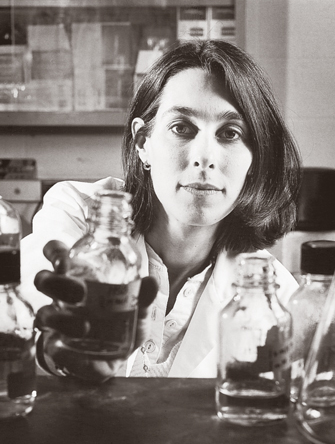SUSTAINING FUNDS
When You Wish
Upon a STAR
For more than a decade, two leadership development programs supported by the Hartford Foundation and its philanthropic partner The Atlantic Philanthropies—the T. Franklin Williams and Dennis W. Jahnigen awards—had helped early-stage, clinician-scientist physicians establish a track record in aging research.
But with the future of funding uncertain following the severe economic downturn of 2008, it was clear that something creative needed to be done to sustain the two programs. Although they shared similar goals, the programs—Williams was for internal medicine subspecialties, while Jahnigen was for surgical subspecialties—had very different funding models, review processes, and deadlines, which complicated efforts to bring them together.
The most likely source for new funding, the NIA, which had already successfully partnered with the Beeson Scholars (The Best of Both Worlds: Forging a Model Public-Private Partnership) and the MSTAR (Training and Mentoring Medical Students in Aging Research) programs—did not have an obvious mechanism to fund a program that supported both research and early career development.
“The NIA has been looked to as an innovator in public-private partnerships.”
Kevin P. High, MD, MSc
Chief, Section on Infectious Diseases
Professor, Medicine and Translational Science
Wake Forest Baptist Medical Center
However, the NIH did have an existing small grant program for research, the R03, which was underutilized. And the mutual trust that had grown between the NIA and the Hartford Foundation through their collaboration on the previous programs led Dr. Barr, director of the NIA’s division of extramural activities, to come up with a solution that would have made Solomon smile: Use the R03 grant to fund the research portion of the awards, and have the foundations, subspecialty societies, and institutions continue to pay for the program’s career development and leadership aspects.
“It was a hybrid award that I was aiming at, where there was a public-private partnership in which the private part of it was paying for their training and their career development, and the public part was paying for the research they were doing,” Dr. Barr says.
The result was GEMSSTAR, formally known as Grants for Early Medical and Surgical Specialists Transitioning to Aging Research.
“Revolutionary” is the way Kevin P. High, MD, describes Dr. Barr’s solution. Dr. High, chief of the Section on Infectious Diseases and professor of medicine and translational science at Wake Forest Baptist Medical Center, played a key role in the negotiations that led to the Williams and Jahnigen awards’ transition to the new public-private partnership.
To make it work, there was give and take on both sides. The Jahnigen awards were administered by the American Geriatrics Society (AGS). Applications went through a centralized process there, and all had the same deadline. The Williams awards, meanwhile, were administered by the Association of Specialty Professors (ASP). Each subspecialty handled its own applications, had its own review process and deadline, and co-funding came from the subspecialty societies and other sources.
For the NIH to sign off, all of the subspecialties had to agree on one deadline and one process administered by the NIA. Those approved for awards in internal medicine must now apply through the Alliance for Academic Internal Medicine (AAIM) for a Williams award to fund the career  development portion, while those approved for awards in surgical subspecialties apply through AGS for matching career development funding.
development portion, while those approved for awards in surgical subspecialties apply through AGS for matching career development funding.
For its part, the NIH had to be creative in developing a new R03 grant program that allowed funding of the research project through NIA coupled with professional development funding through matching funds from philanthropy or the applicant’s home institution.
Once the details were worked out, Dr. High says, “…everyone was thrilled with it because this program came with the moniker of NIH funding, which is still the number one coin in
the realm of academic funding for research.”